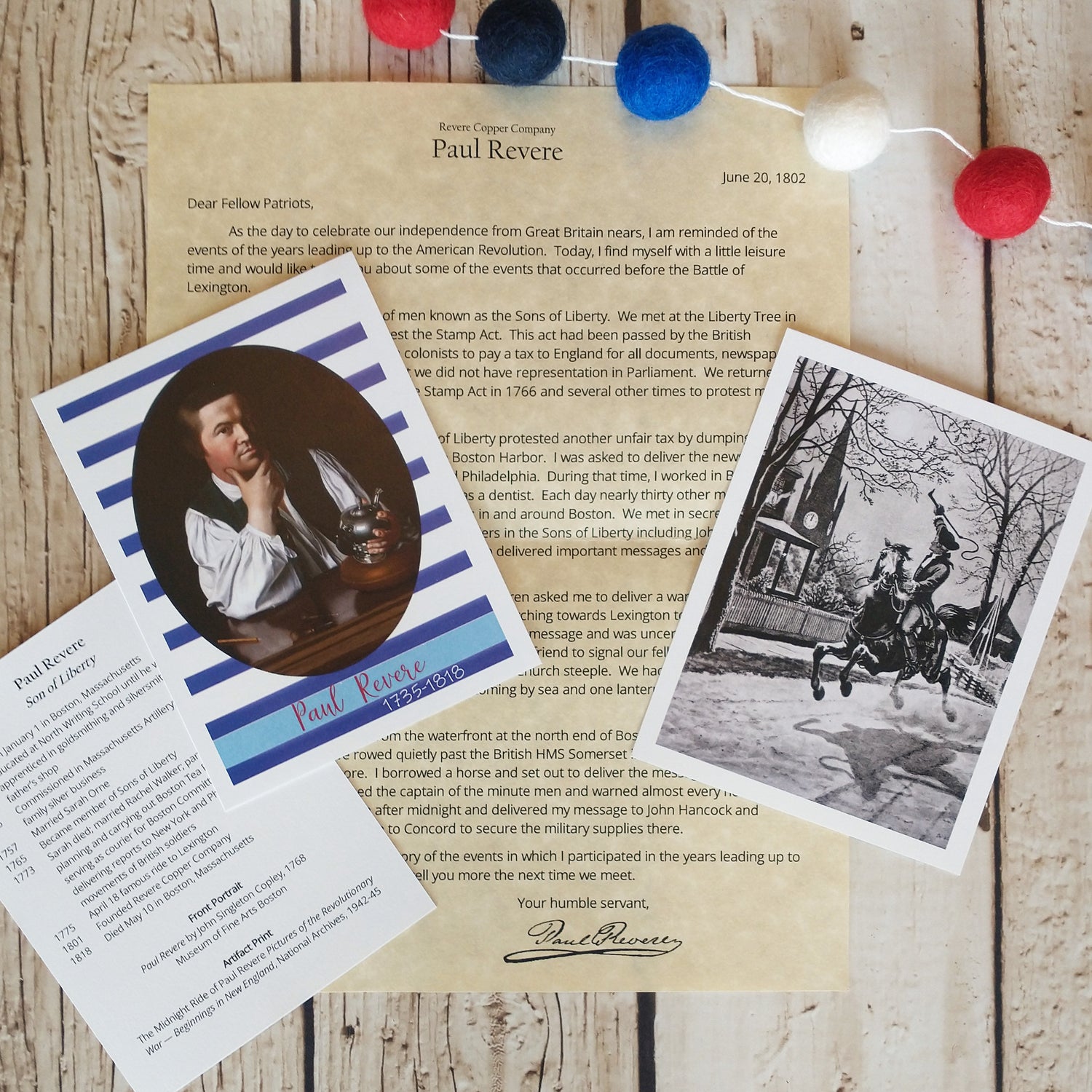Helen Keller Lesson Plans
Share
There are so many wonderful directions you can go with a study on Helen Keller! Our top recommendations are to study her life, her writings, Braille, or sign language. Here are a few ideas to get you started in those areas!
You can grab your free downloads to go along with the Helen Keller letter here!
Are you looking for a fun and exciting way to get to learn more about Helen Keller? Our Heritage Letter from her is full of direct quotes, information about her life, her authentic signature, and more! It also includes a photo of Helen Keller, a timeline of her life, and an artifact print of the Braille and Sign Language alphabets. We have plenty of our Helen Keller letters in stock ad ready to mail to you TODAY! You can find it here or can grab the instant digital download version here.
For All Ages
Movie
Watch the 1962 movie The Miracle Worker with Anne Bancroft and Patty Duke or the 1976 movie The Miracle Worker with Patty Duke and Melissa Gilbert
Visit
- The Helen Keller Birthplace in Tuscumbia, Alabama
- A community building such as a library, court house, museum, etc. and look for things that have been done to make the buildings easier to use and navigate for people with physical challenges (ex. wheelchair ramps, larger restroom stalls, Braille labeling near doors to restrooms and other rooms, audio guides to museums, large print guides to museusms...)
- Interview someone you know who has physical challenges to find out what challenges they face and what things are done and can be done to make life easier for them.
- Volunteer to help children or adults with special needs through working with an organization such as Special Olympics, the League for the Blind, etc.
Resources

If you're looking for additional resources to go along with your Helen Keller letter, check out these lovely items...
- 12x18’ American Sign Language Poster from Honey Lime Co
- Hand-painted Helen Keller Peg Doll from Rainbow Peg Dolls
- Braille Alphabet Cards & American Sign Language Alphabet and Numbers Cards from Brilliant Bungalow
Preschool
Books
My 5 Senses by Aliki
The Listening Walk by Aliki
You Can't Smell a Flower with Your Ear!: All About Your Five Senses by Joanna Cole
Activities
-
Paint blindfolded...see what it would be like to paint if you couldn't see
-
Can you feel the beat? Wear headphones and listen to music to see if you can feel the beat. (you may need to try music with lots of bass tones)
- Play a blindfolded guessing game... see if you can identify common household objects by feel without being able to see them.
Elementary
Books
-
Who Was Helen Keller? by Gare Thompson
-
Helen Keller: From Tragedy to Triumph, The Childhood of Famous Americans Series by Katherine Wilkie
-
Helen Keller: A Photographic Story of a Life (DK Biography)
-
Six Dots: A Story of Young Louis Braille by Jen Bryant and Boris Kulikov
- A Wheelchair for Francis by Adrienne Mugwanya
Activities
- Learn the Braille or American Sign Language (ASL) Alphabet and practice using it with your family. Write notes to each other in Braille or try spelling words to each other using ASL. You'll find a Braille Alphabet Poster and an American Sign Language Poster in our free downloads for the Helen Keller letter.
- Practice making the Braille letters using Dot-A-Dot Markers or by poking holes in paper using a thumb tack or push pin
- If you know any other children with physical limitations, talk with them about the challenges that they face and things that help them the most.
- Practice your ASL and Braille reading with our decodable Helen Keller Quotes in our free downloads for the Helen Keller letter.
- Learn how blind people write in Braille
Middle & High School
Books
- Read Helen Keller's autobiography The Story of My Life
Activities
- Visit a community building such as a library, court house, museum, etc. and look for things that have been done to make the buildings easier to use and navigate for people with physical challenges. What improvements do you see that could be made? How could it be designed better to make it easier for people with various physical limitations? Compare an older building with a newer one, what differences do you see in how they have been designed to accommodate people with physical limitations?
As an Amazon Associate I earn from qualifying purchases.




